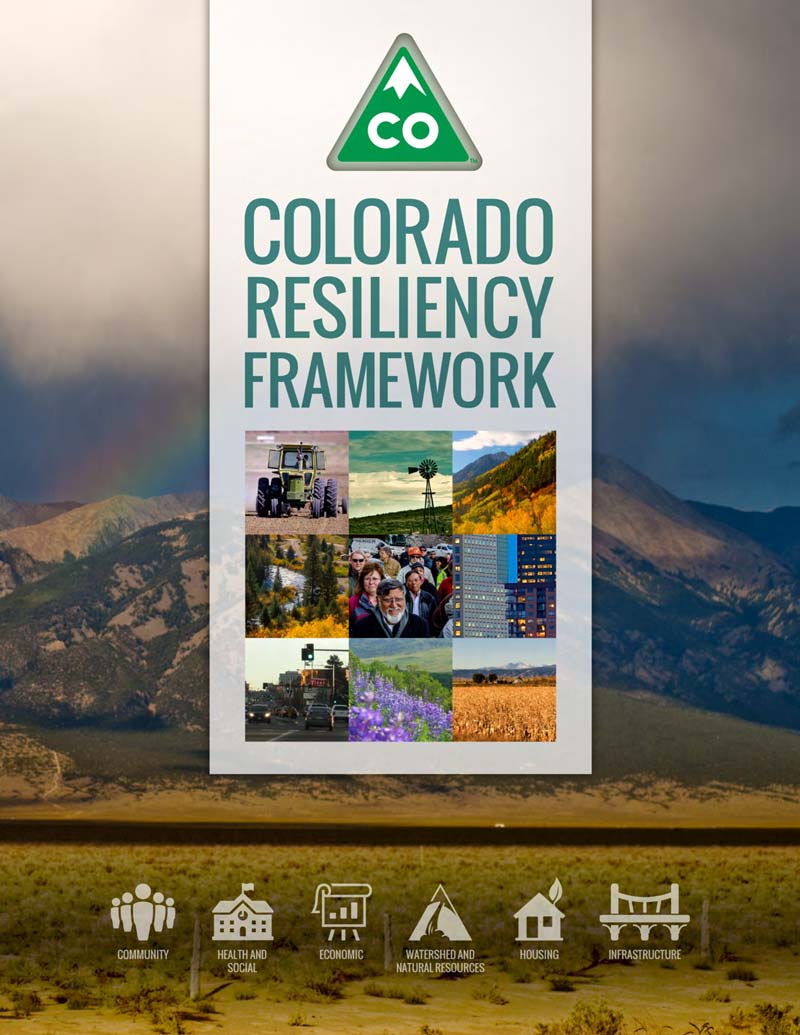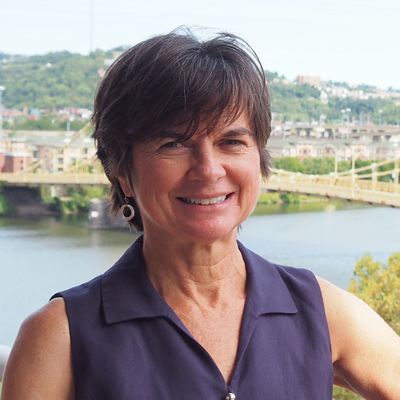PROJECTS
Colorado Resiliency Framework
| Location | Colorado, USA |
| Client | Colorado Resiliency and Recovery Office |
| Role | Project Manager for Ecology & Environment, Inc. (later acquired by WSP) |
Colorado experienced multiple disasters leading up to the September 2013 devasting floods that impacted communities in 24 counties. It was this massive event that drove a statewide call to action and formation of a partnership amongst over 150 state, federal, and local stakeholders to develop a long-term commitment to resiliency planning and action through the Colorado Resiliency Framework (Framework).
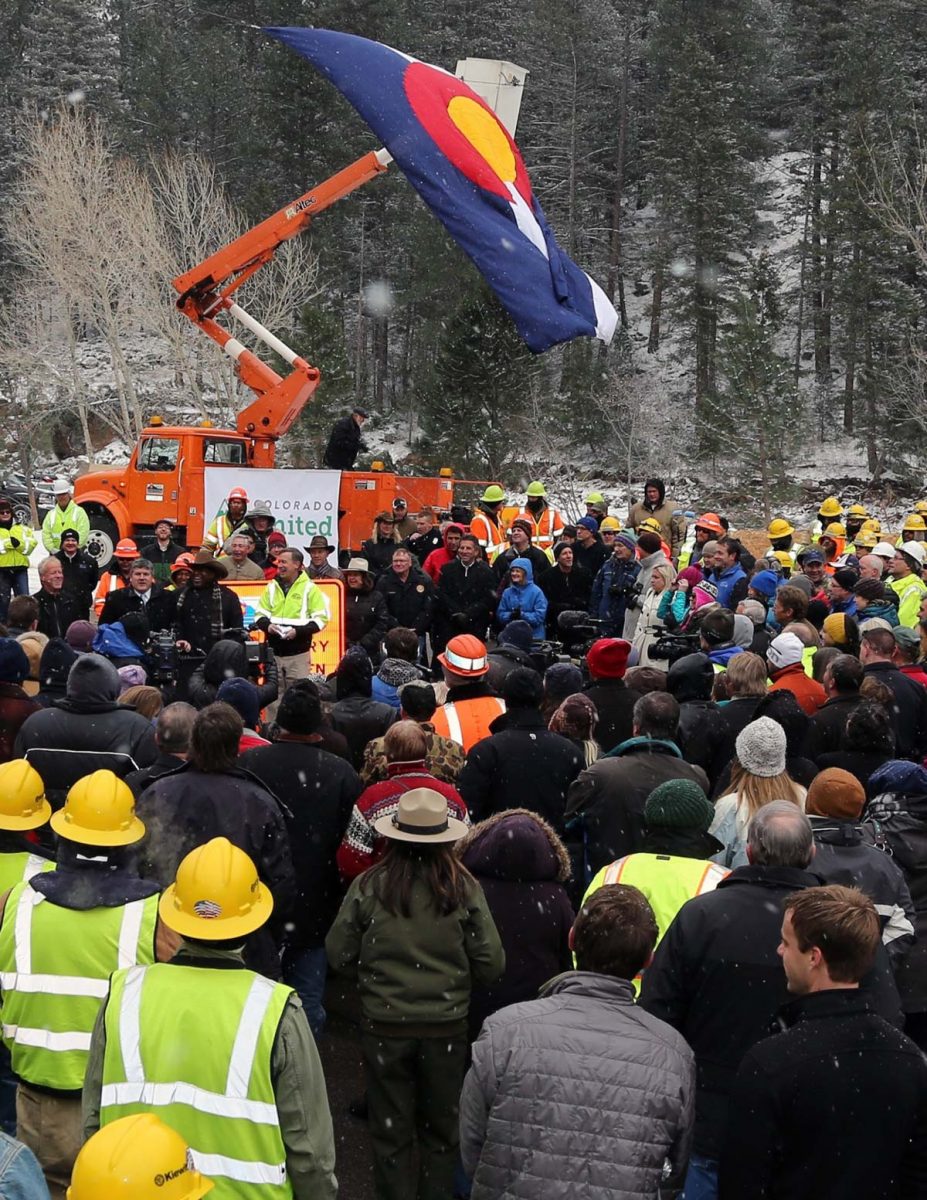
“Coloradans are familiar with the threats and impacts of disasters. Mother Nature has brought droughts, wildfires, floods, tornadoes, and even earthquakes to communities throughout the state. In the past decade, Colorado experienced a nearly $4 billion flood in 2013, wildfires in 2010, 2012, and 2013 that destroyed nearly 1,250 homes, a tornado that left a scar through multiple communities in 2008, and many others. While the disasters have made their mark on Colorado communities, they do not define Colorado. Rather, the strength, determination, leadership, and compassion shown by Coloradans to recover and to ultimately make Colorado better, stronger, and more resilient is the story.”
(Colorado Resiliency Framework, Section 1)
Ecology & Environment (E&E) was selected through a competitive process by the Colorado Resiliency and Recovery Office (CRRO) to support their development of the Colorado Resiliency Framework (Framework). E&E’s emergency management team joined forces with its community and sustainability planners to produce the Framework and public outreach documents in conjunction with the CRRO staff. As E&E’s sustainable communities practice leader, Rebecca Flora served as project manager for the project contributing her subject matter expertise and senior project management capacity. The role required coordination of team members from across the country, client communications, over project tracking and document writing and peer review of products.
Development of the Framework was supported by a state agency working group that represented multiple sectors: community, economic, health and social, housing, infrastructure, and watersheds and natural resources. The Framework assessed risk vulnerabilities, determined the adaptive capacity to stress and shocks in each of these sectors, and provided a roadmap for action for each of the most relevant agencies. The CRRO updated the Framework in 2020 and continues to utilize the core product in its work.
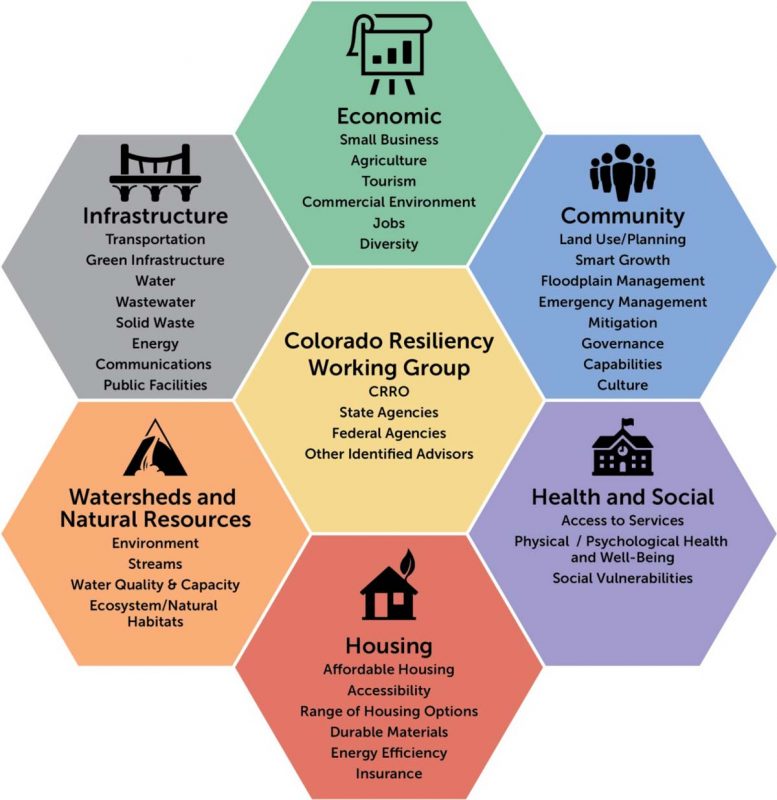
The Framework was also utilized as a model for the development of county-based resiliency plans in Boulder, Larimer and El Paso that served as pilots for other locales. The county plans and the Framework were later utilized as the foundation for the State’s application to HUD for National Disaster Resiliency Competition funding, a multi-disciplinary team effort directed by Rebecca while at E&E. After Rebecca’s departure from E&E in 2016, she subcontracted with E&E to continue as project manager to further support CRRO in the development of their first strategic plan.
The Framework and subsequent activity touched on multiple aspects of sustainability systems with the following being most notable:
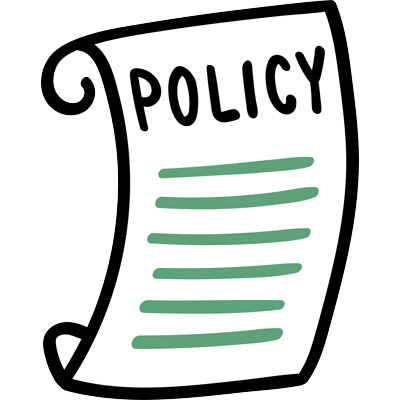
Policy Systems
The policy aspects of the Framework and subsequent local plans required coordination across state agencies and outreach to localities. The Governor’s leadership was instrumental in gaining intra-agency cooperation required to integrate resiliency planning into all aspects of state government and informed future policy.

Infrastructure Systems
Human health and welfare was most critically impacted by infrastructure that failed during devastating events. Roads and bridges crumbled, buildings could not be operated and water systems were without power for pumping stations. The extent of infrastructure failures crossed multiple infrastructure systems that raised the demand for decentralized power systems and creation of redundancies, along with other methods to better prepare for the next shock to existing systems.

Economic Systems
The impact on vulnerable populations was the high. Localized solutions were required to meet basic needs of housing and food through shelter in place strategies and activation of community-based organization outreach to facilitate access to services. Methods of reducing chronic stress on the overall social and economic systems were also assessed in an effort to create an environment that would support a quicker rebound and restart of the economy following future disasters on any kind.
Colorado Resiliency Framework, published in 2015 by the State of Colorado
AWARDS & ACKNOWLEDGEMENTS
The State of Colorado received the Gold 2017 National Planning Achievement Award for Environmental Planning from the American Planning Association (APA). The award recognized Colorado’s Resiliency Framework, a strategy to proactively help communities address shocks and stresses, and to rebound after natural and human caused disasters.
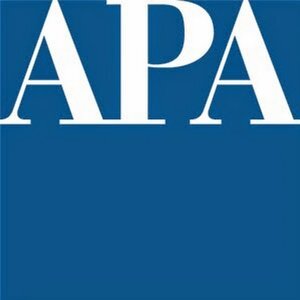
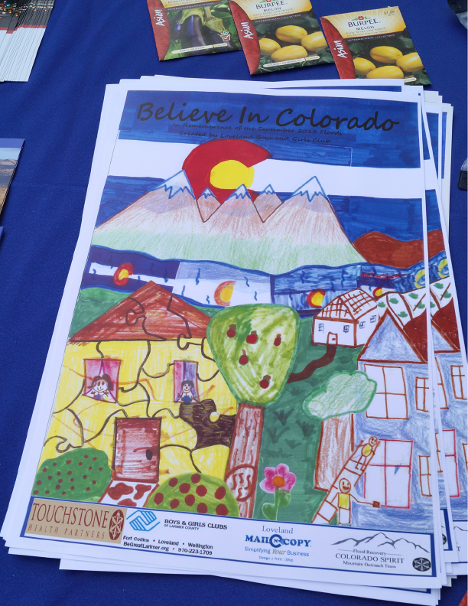
Photo Credit: Colorado Department of Public Health & Environment featured in the Colorado Resiliency Framework
LET’S CHAT
Let’s discuss how sustainable societies are also more resilient. What are the current stresses in your community that make it more vulnerable to sudden shocks of natural or human-made disasters? Are you interested in how your current plans, programs and projects can be made more resilient?
Contact me through the Maryland Department of Planning.

